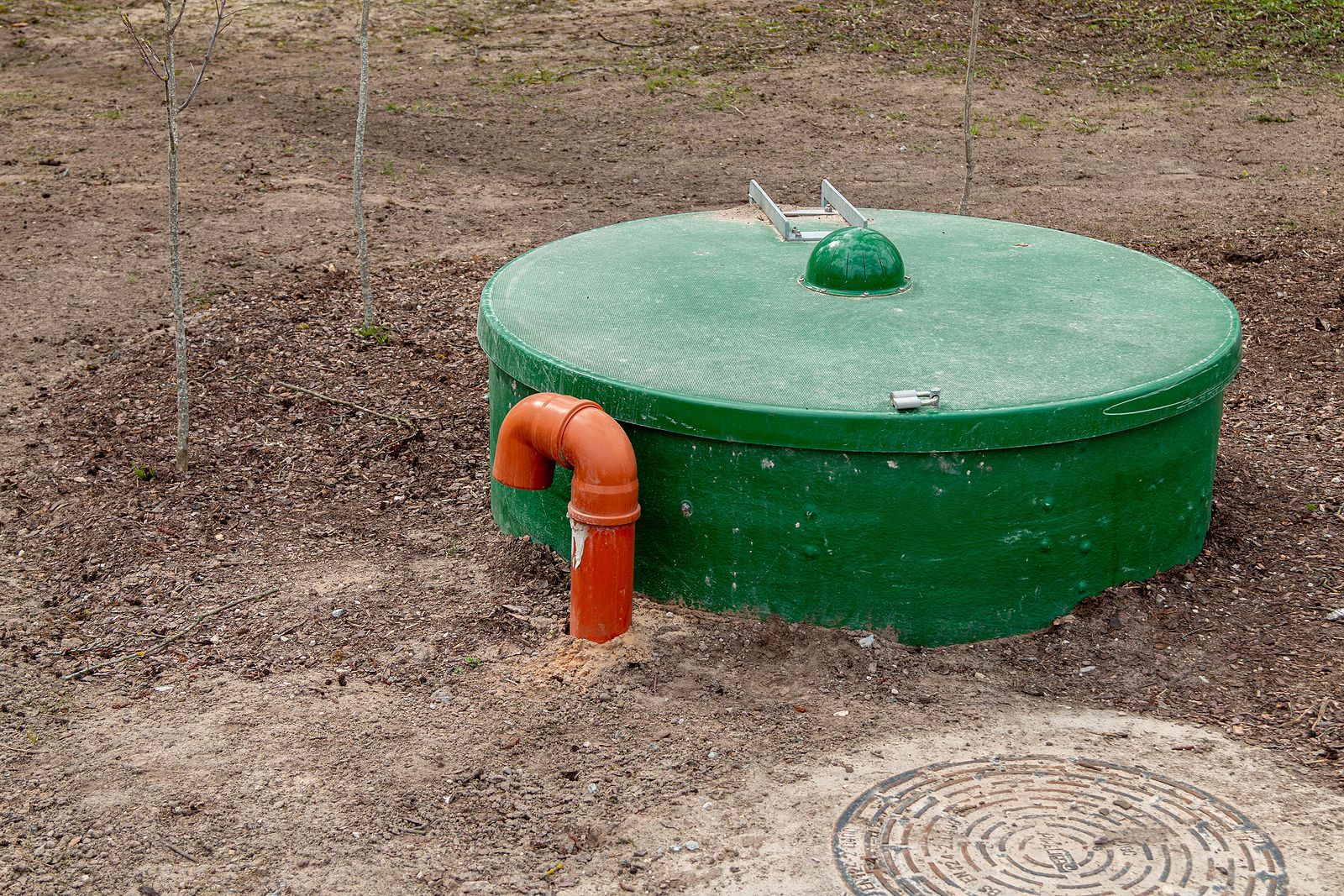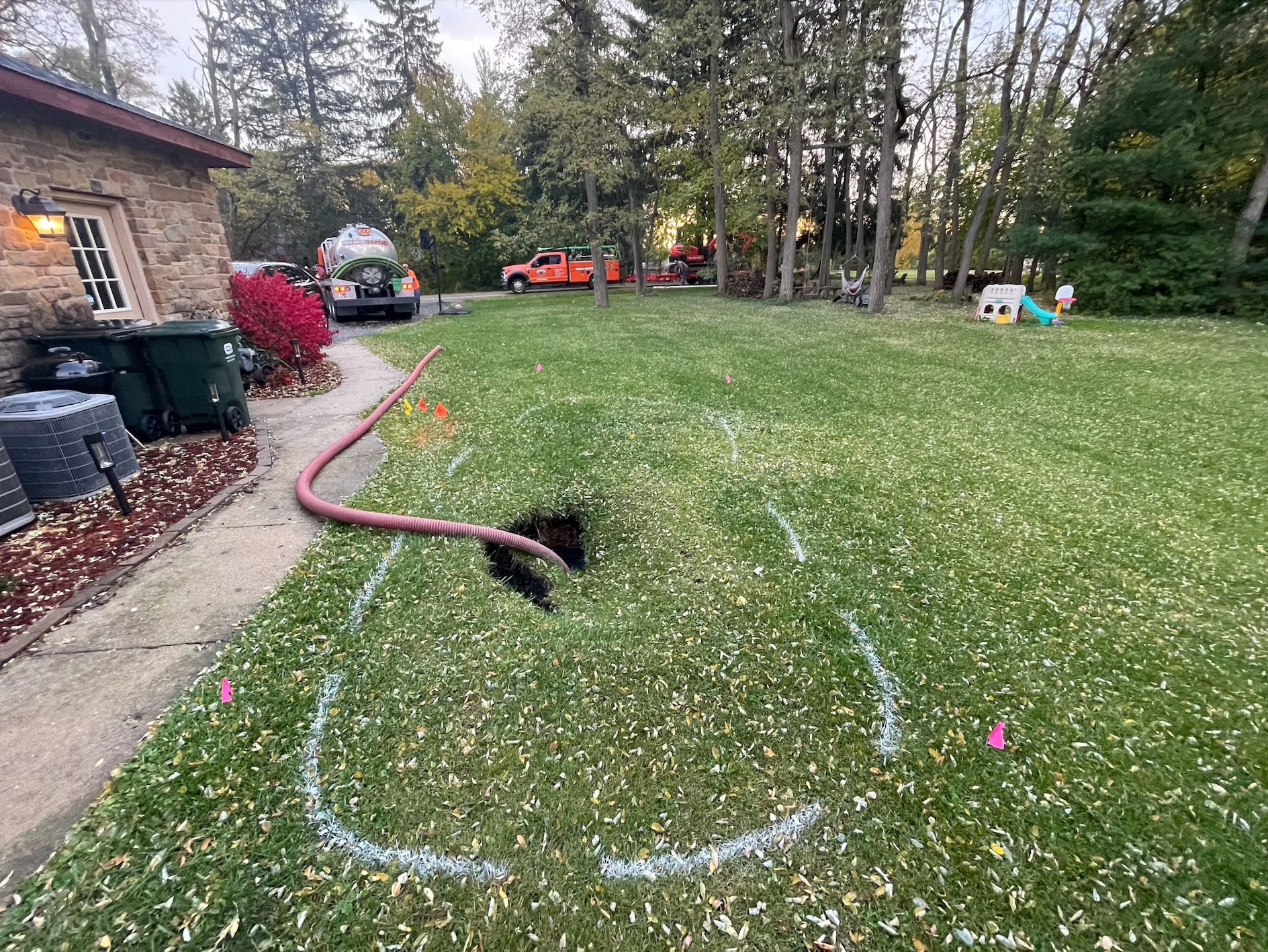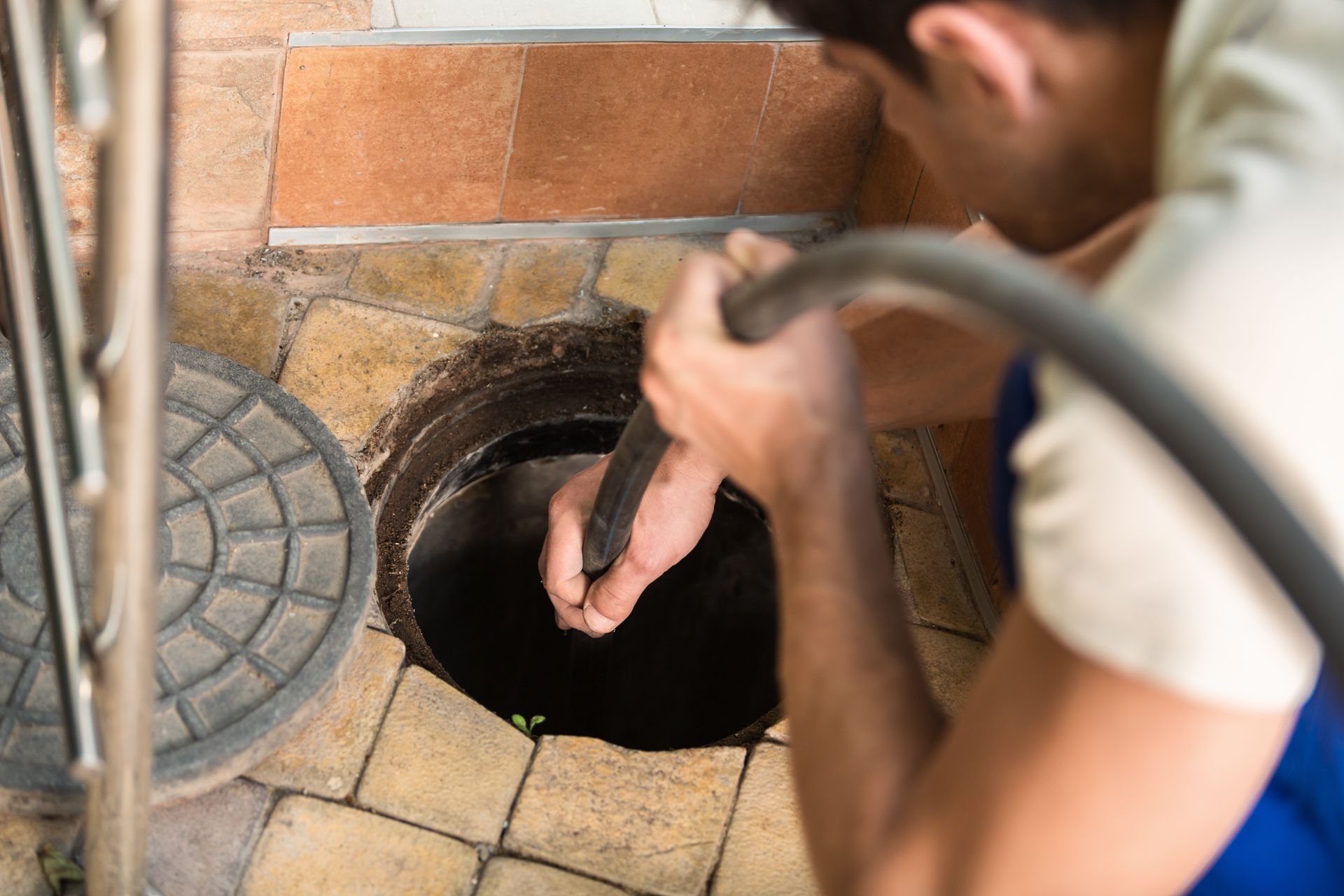A septic tank emergency can be a homeowner's worst nightmare, but knowing how to respond can make all the difference. From foul odors to sewage backups, these situations require quick thinking and the right actions to prevent further damage. In this guide, we'll walk you through the steps to take when faced with a septic tank emergency, ensuring a swift and effective response.
Stay Calm and Assess the Situation:
- Panicking will only escalate the situation. Take a deep breath and evaluate the problem.
- Look for signs like slow drains, gurgling pipes, or sewage backups in toilets or drains.
Ensure Safety First:
- Keep children and pets away from the affected area to avoid accidents and exposure to harmful bacteria.
- Wear protective gear like gloves and boots if you need to inspect or handle the septic system components.
Stop Water Usage:
- Reduce water usage in your home immediately to prevent overloading the septic system.
- Avoid using sinks, showers, toilets, or running the dishwasher until the issue is resolved.
Locate and Access the Septic Tank:
- If you know the location of your septic tank and access points, carefully uncover them to inspect the tank and surrounding area.
- Exercise caution around the tank and avoid stepping on or damaging the components.
Check for Blockages and Leaks:
- Look for visible signs of blockages, such as sewage backups or pooling water around the tank.
- Inspect pipes, connections, and the tank itself for leaks or damage that may be contributing to the emergency.
Call a Professional:
- Septic tank emergencies often require the expertise of a professional septic service provider.
- Contact a licensed plumber or septic system specialist to assess the situation and provide necessary repairs or maintenance.
Follow Professional Advice:
- Listen to the recommendations and instructions provided by the professional septic service provider.
- Follow any temporary measures or precautions advised to prevent further damage or contamination.
Keep Records:
- Document the details of the septic tank emergency, including the date, time, and symptoms observed.
- Keep records of any repairs, maintenance, or service performed on your septic system for future reference.
Implement Preventive Measures:
- Once the emergency has been resolved, consider implementing preventive measures to avoid similar issues in the future.
- Schedule regular inspections, pumpings, and maintenance to keep your septic system in optimal condition.
Educate Yourself:
- Take the time to learn more about your septic system, including its components, maintenance requirements, and warning signs of potential problems.
- Knowledge is key, and being informed can help you respond more effectively to future emergencies.
Responding to a septic tank emergency requires a combination of quick thinking, precautionary measures, and professional assistance. By staying calm, ensuring safety, and taking prompt action, you can minimize the impact of the emergency on your home and property. Remember to seek help from qualified professionals and prioritize preventive maintenance to keep your septic system functioning smoothly for years to come.




